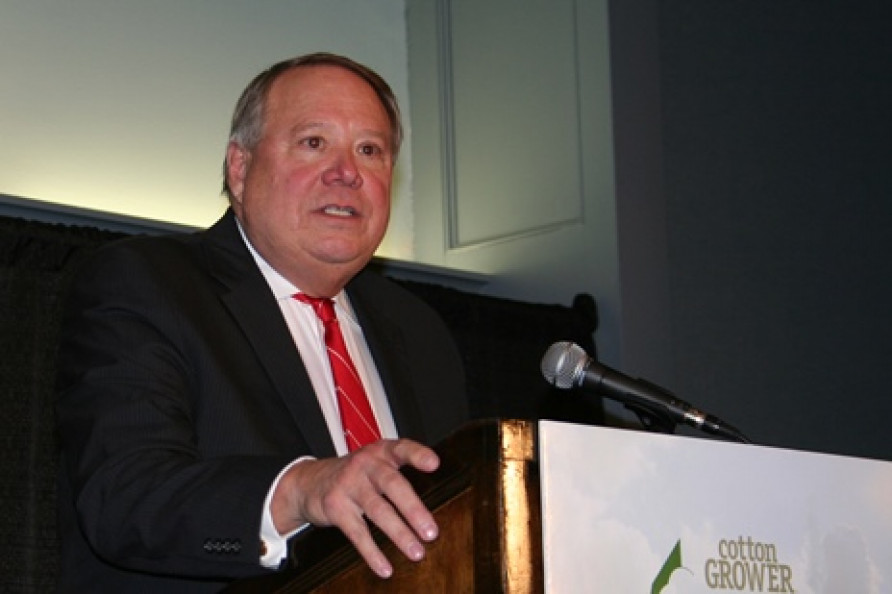Cotton is not friendly to anyone right now — except the customer looking for a comfortable fabric in the hot, muggy, humid, weather across much of the U.S.
Look for the positives and give a gift of cotton today. Please.
The August USDA supply demand report did report good news. Tongue-in-cheek: its estimate of the price of cotton received by growers during the 2025-26 marketing season was raised by over 3%, up to 64 cents per pound (if you call that good news).
The positives in the market include a short crop. How can that be positive? The market adage “low prices cure low prices” comes to mind. Yet, the cotton market continues, day after day facing the problem of trying to find a customer. Unfortunately, cotton is losing its identity, and the result is a continued shift by the consumer to oil-based acid fibers and a shift of land area out of cotton. With that comes a string of profit losses for cotton growers across the U.S. When will the industry begin to address cotton’s market problems? Not until the U.S. cotton industry reconnects with cotton’s only customer — the consumer.
Thus, the market is left to the market fundamentals of supply. Demand — one half of the price equation — is essentially not a variable in price analysis any longer. The August world supply demand report lowered U.S. production by 1.4 million bales and U.S. carryover a million bales down to 3.6 million. As recently as 10 years ago, such a report would have sent the New York Cotton Exchange limit up. But not in today’s market. Three days after the report, prices were only a penny higher and the market is expected to lose that and more in the coming weeks.
Just look at the numbers. World production was estimated at 117 million bales, down nearly 2.0 million from the prior month. The bulk of that reduction came from a smaller U.S. crop. World consumption was reduced some 250,000 bales, down to 118 million bales, due to consumers not understanding the benefits of the cotton fiber. World trade between countries was reduced one million bales, reflecting the continued slowdown in textile mill use. Finally, world ending stocks were reduced over three million bales — another statistic that one would think would send cotton prices up 3-5 cents higher.
Except for the immediate surprise and the typical market short covering, the market’s response to the report was neutral. Yet, other market fundamentals are at work trying to pull prices lower.
The market is now chewing on export sales and mill/grower price fixing. The crop can still get bigger or smaller depending on Mother Nature. The weekly export sales report was neutral. Net sales of upland were 242,000 bales with Vietnam being the primary customer, purchasing 122,700 bales. The U.S.’s second largest market, Bangladesh, purchased 42,500 bales. Export shipments were just 142,600 bales.
Forward sales of U.S. cotton are only 28% of the year’s projected usage, down from the average 45% typically seen at this time of year. This statistic points to a weaker export market than currently projected by USDA.
The all-important On-Call report shows massive On-Call purchases building. The associated grower selling that will occur to offset those futures market positions will hammer cotton prices lower. We saw how that worked last season, and this year’s situation is even more dire as a record spread between On-Call sales and On-Call purchases exists.
Growers will continue to need timely showers on their fields and look for yield increases to even approach breakeven revenues. It is expected that growers will have to take advantage of marketing loan gains and POP marketing strategies.
Again…give a gift of cotton today.
Dr. O.A. Cleveland is professor emeritus, Agricultural Economics at Mississippi State University.
Πηγή: cottongrower.com

